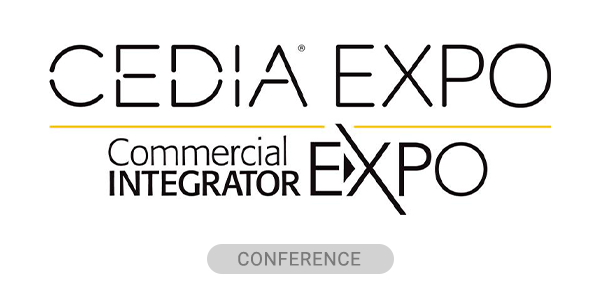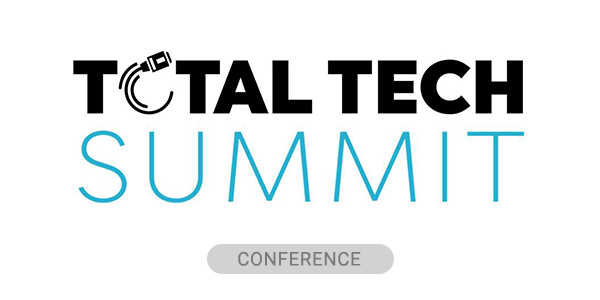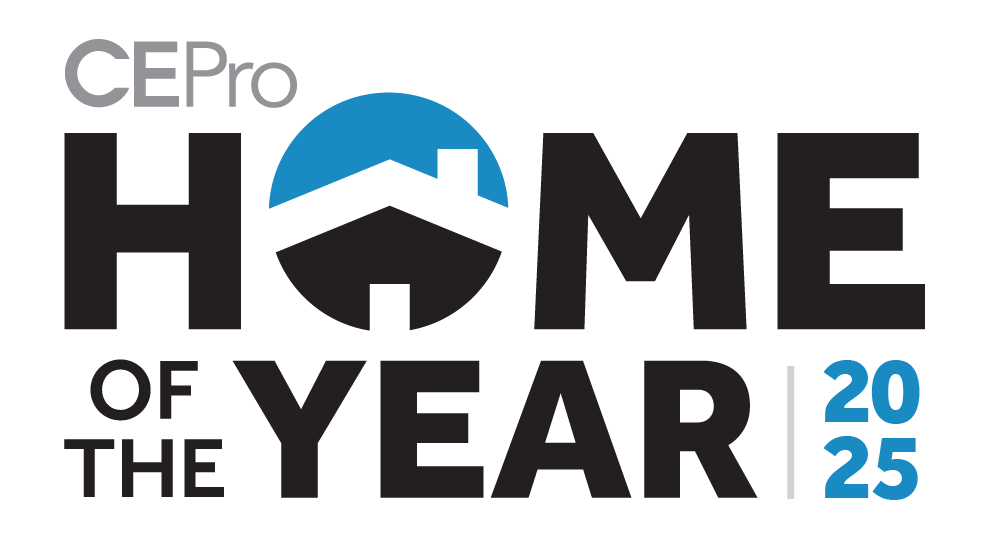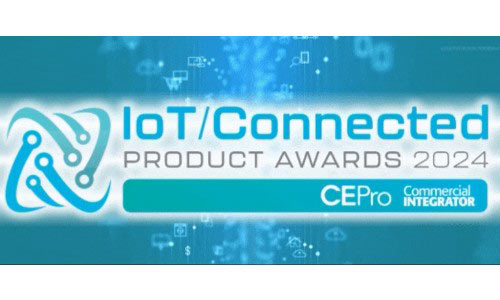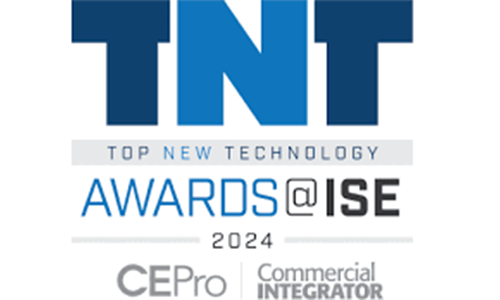Global Wave Integration, in collaboration with its sister company, FutureCare Solutions Group, has released a custom Crestron Home driver aimed at facilitating smart home solutions to support aging-in-place scenarios, called the FutureCare Crestron Home Driver. Integrators can access the driver through the Crestron Drivers Portal and incorporate it into their Crestron Home OS deployments.
What the FutureCare Crestron Home Driver Aims to Do
According to Global Wave, the driver was designed with caregivers in mind, providing a holistic view of a home occupant’s daily activities and overall wellness based on information collected from passive sensors and IoT devices throughout the home.
The goal of the system is to be as minimally intrusive as possible for the occupant while still providing caregivers with enough information to identify and address potential health issues before they become life-threatening.
The system provides real-time status updates on activity levels and location within the home, a detailed record of recent activities, and an aggregation of select metrics into a “Wellness Score.” These metrics include sleep, mobility, social engagement, and stability, according to Global Wave.
“Our goal is to empower seniors to live independently while providing their families and caregivers with the tools they need to ensure safety and well-being,” says Kyle Steele, president and founder of Global Wave Integration.
The History of FutureCare and the Modern Care Landscape
Founded in 2023, FutureCare Solutions Group has primarily worked in elderly care facilities, installing home healthcare equipment for residents. Steele cites a specific encounter with a client back in 2010 as the main impetus for forming the group.
At the time, the client’s main request—consolidating information from all IoT devices to track health and wellness data—could not be achieved due to technological limitations. However, the relevancy of the request to what Steele saw as an impending need was not lost.
Most adults aged 50–80 (88%, according to a poll by the University of Michigan) plan to age in place—meaning they intend to stay in their homes as long as possible. However, experts have warned of a severe gap in homes equipped to accommodate seniors accordingly.
More troubling are the expected shortcomings in caregiving in the coming decade.
By 2034, older adults are projected to outnumber children under the age of 18 for the first time in U.S. history—a statistic the National Alliance for Caregiving points to as a signal of declining care quality for seniors, as the responsibility has historically fallen on younger generations to provide support.
One potential solution to the anticipated caregiving (and healthcare) crisis is the use of modern IoT and smart home devices to help automate and monitor aspects of a senior’s living environment. Such systems can create safe, minimally invasive caregiving solutions that promote independence.
FutureCare, for its part, has developed what may be one of the first—if not the only—solutions in this category designed specifically for the professional installation market.
By developing the driver for the Crestron Home platform, FutureCare has enabled the system to use collected information for intelligent automations while also providing caregivers with much-needed insight.
For more information about the FutureCare Crestron Home Driver, readers can visit futurecare.ai or contact Nathan Turczan, product manager, by emailing [email protected].

